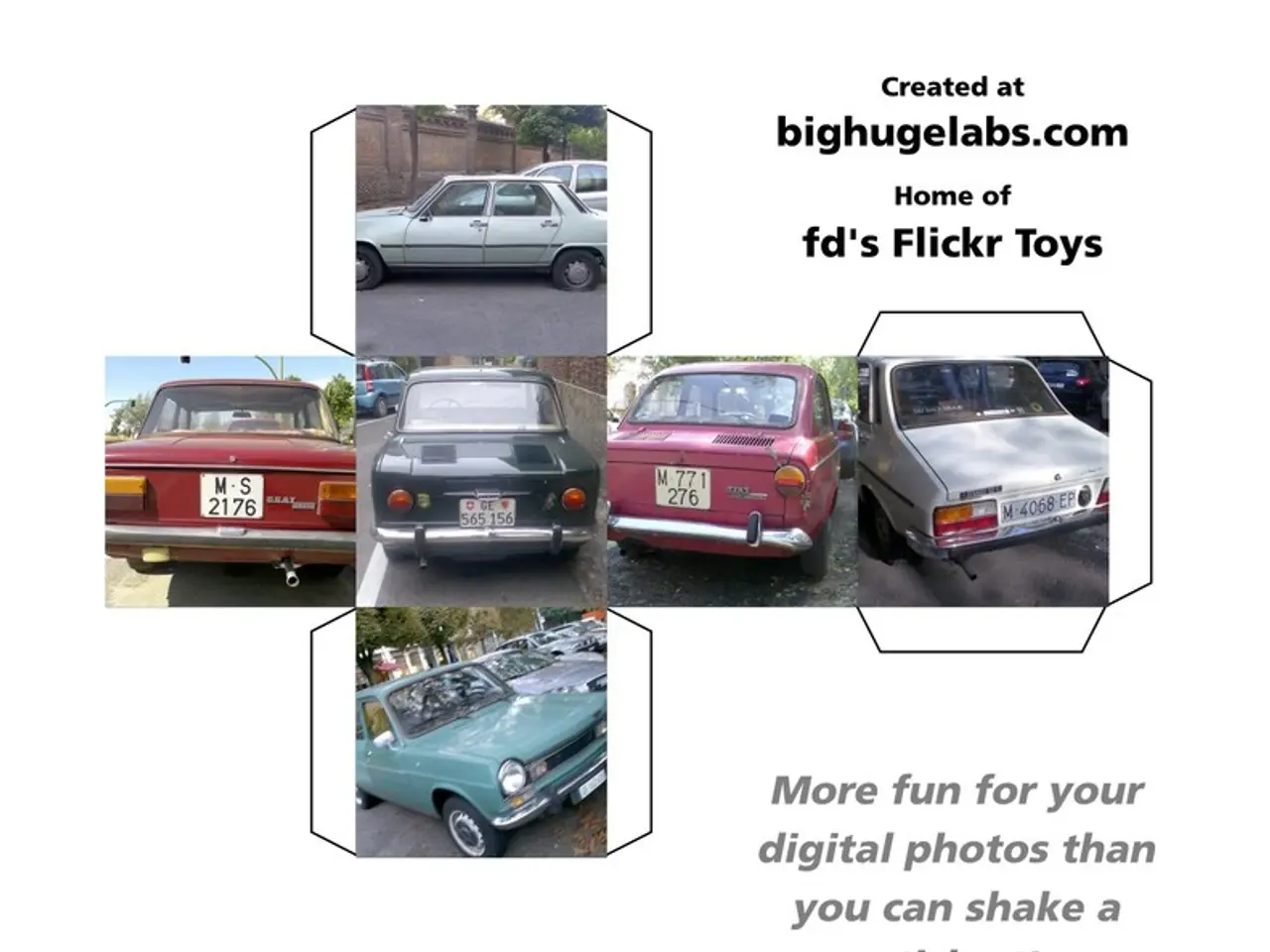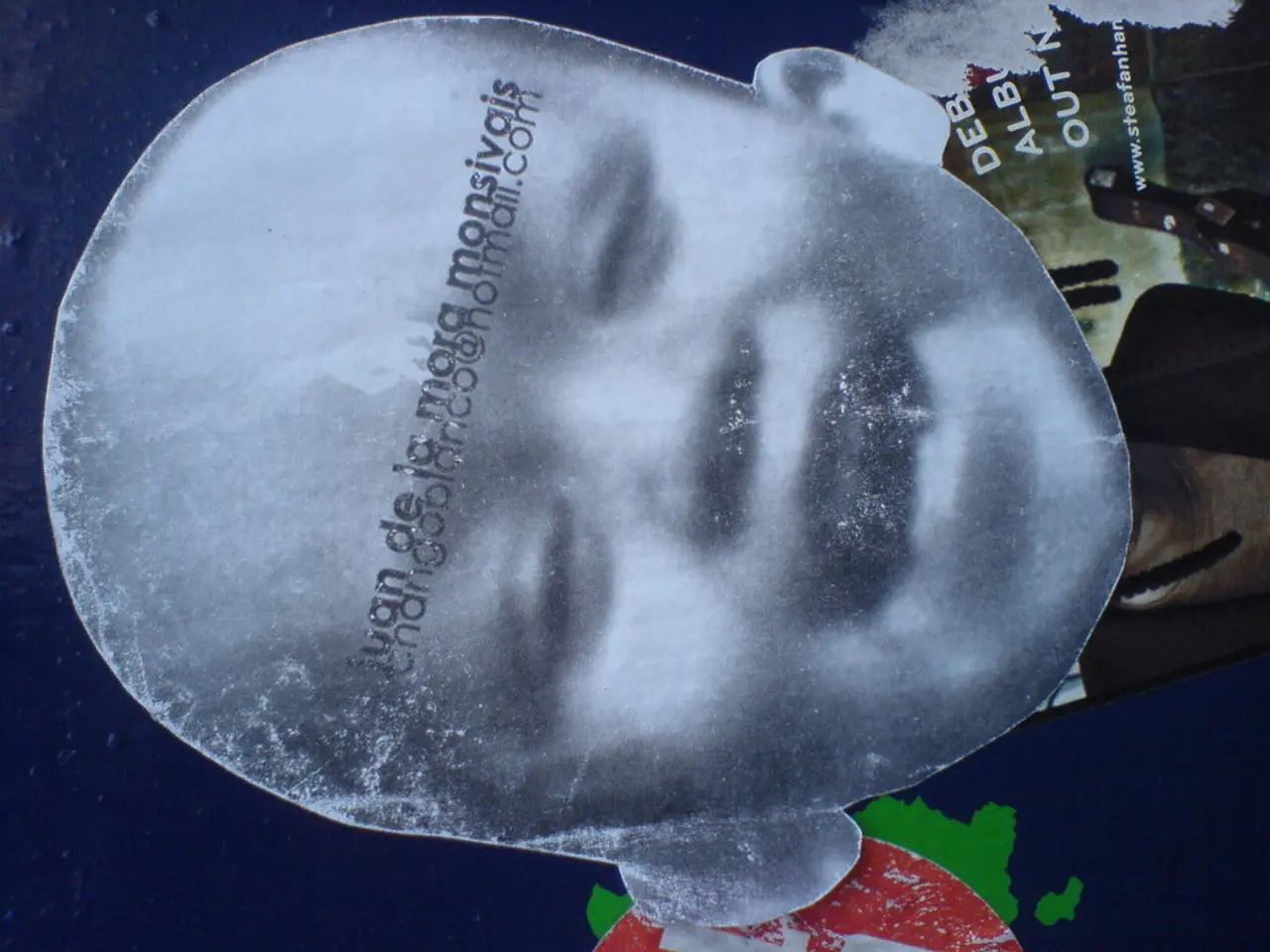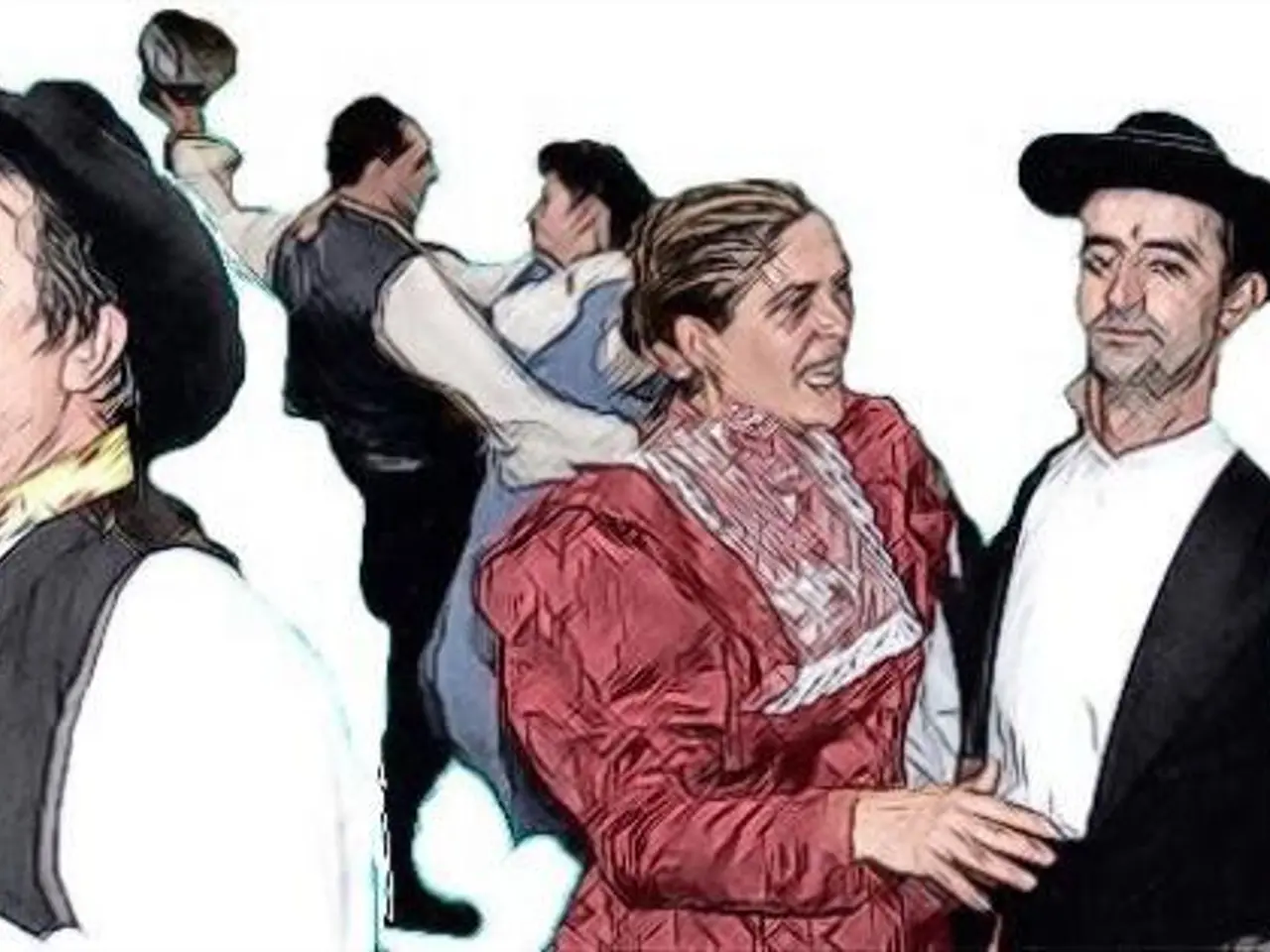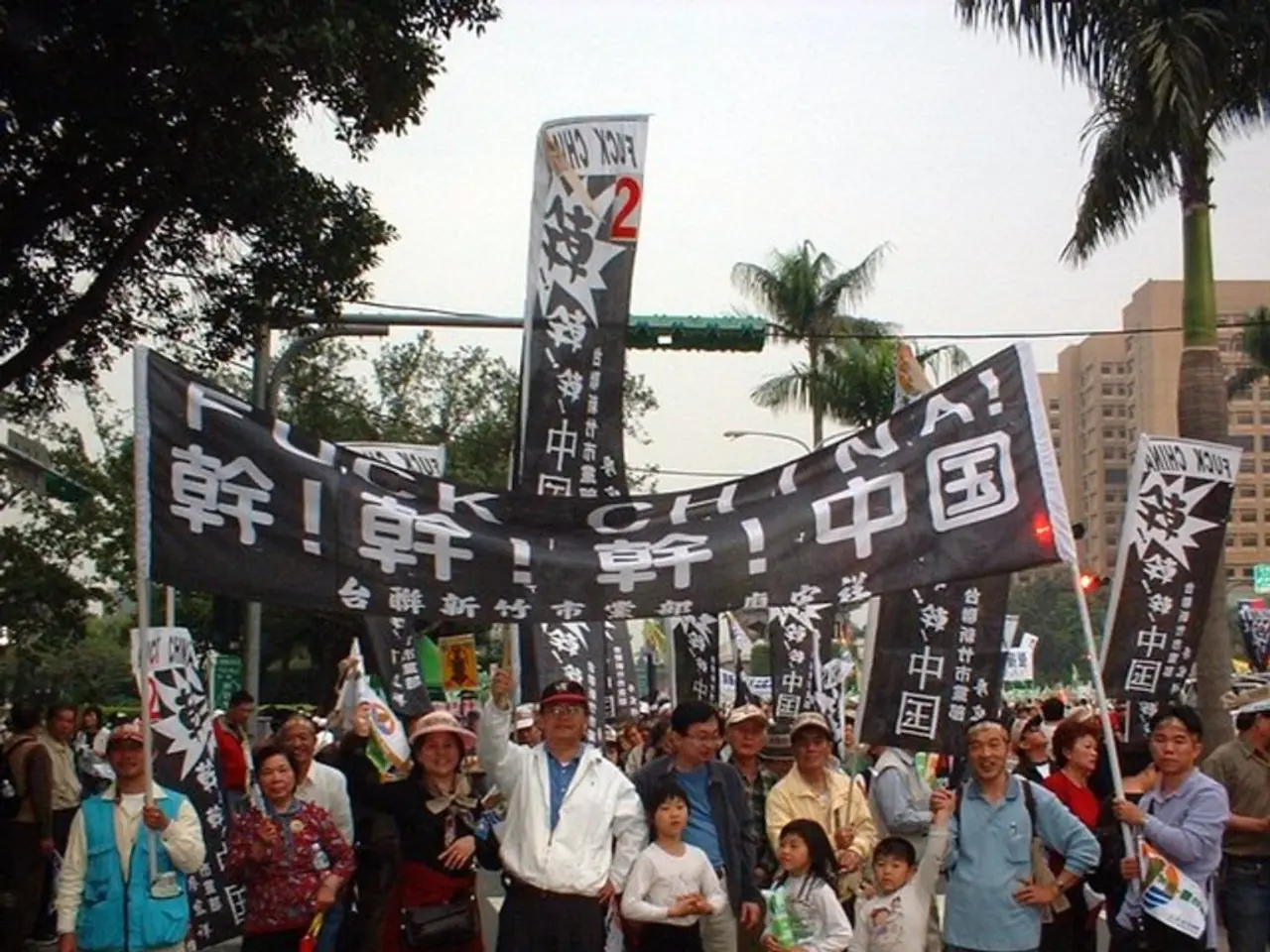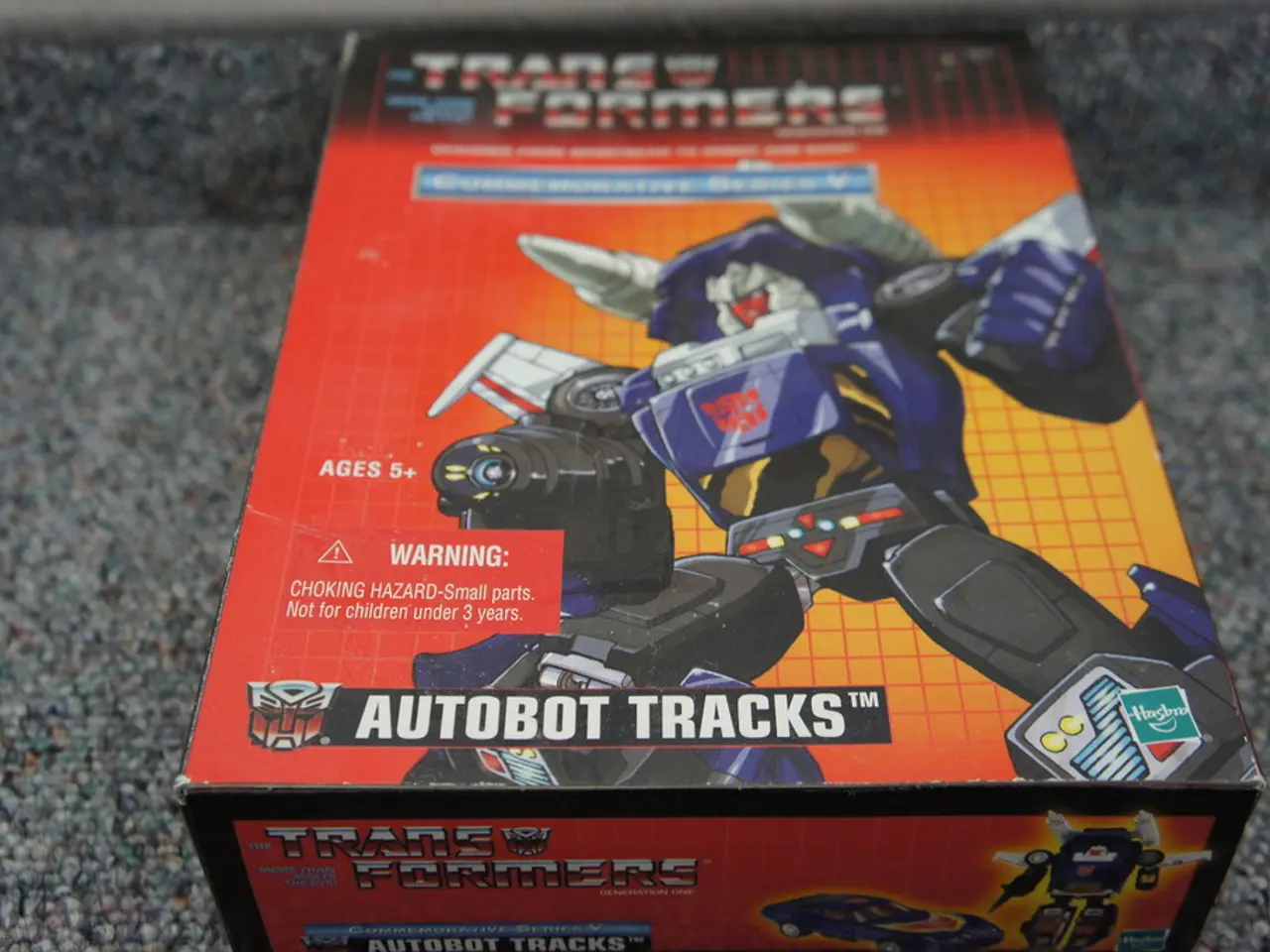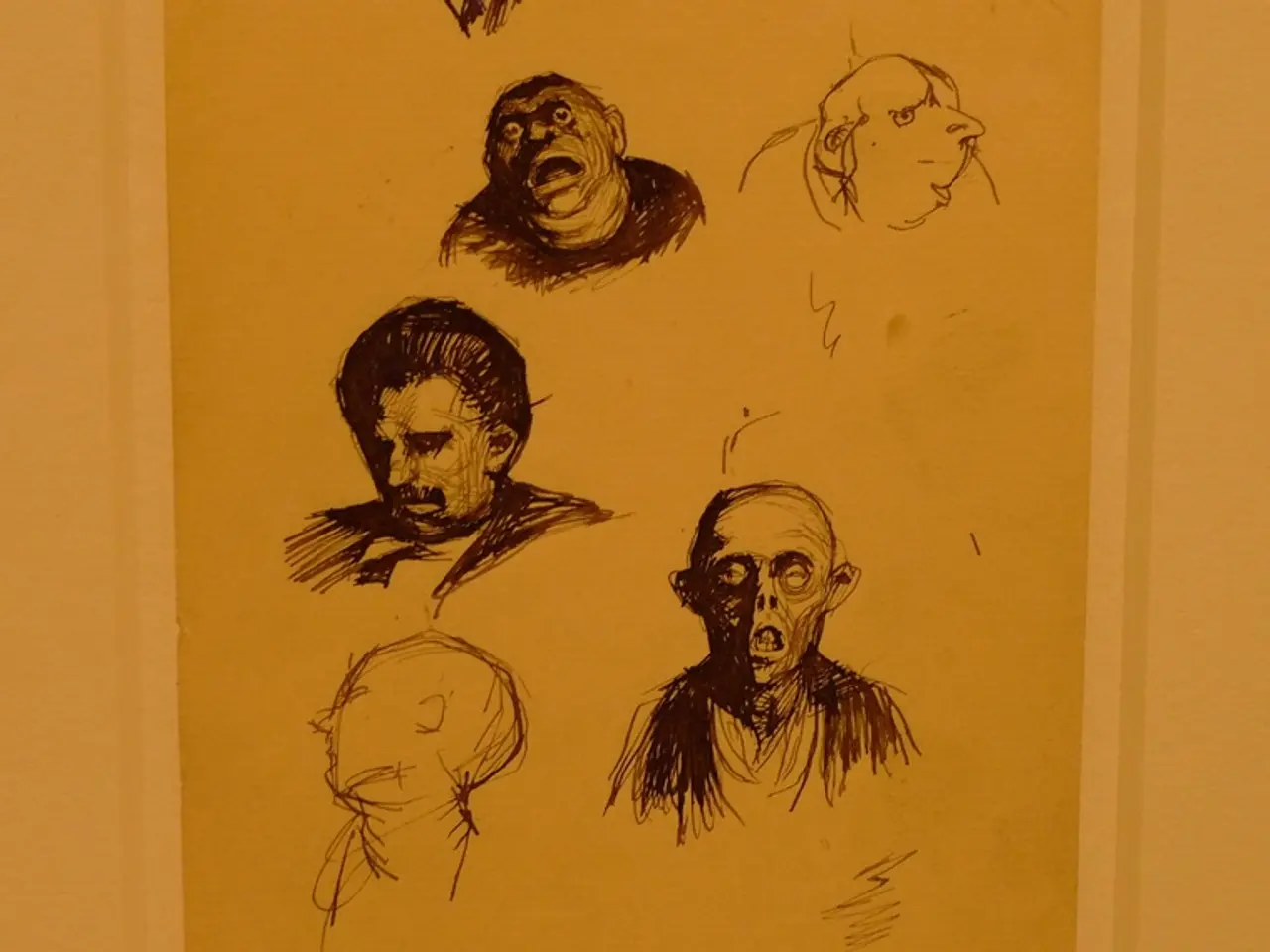Trailer Reveal for Mad Max: Fury Road - Anticipated Preview Details
In the realm of movie marketing, few creations captivate audiences quite like a well-crafted trailer. A prime example of this artistry is the official trailer for Mad Max: Fury Road, which left viewers on the edge of their seats with its dynamic blend of storytelling, rhythm, and emotional impact.
The process of creating an impactful trailer is meticulous and involves several key steps. Firstly, the trailer must tell a mini-story with a clear three-act structure, introducing main characters and setting, building conflict and tension, and reaching a climactic moment without full resolution, thereby creating intrigue.
Secondly, the most memorable, visually spectacular sequences are selected, hooking viewers without revealing spoilers. These sequences are then edited rhythmically, aligned with the music, generating emotional flow and connection. Music often defines the trailer's atmosphere, enhancing mood beyond visuals alone.
Thirdly, sound and silence are manipulated strategically to shift emotional responses and tension. Trailers like Mad Max: Fury Road use abrupt sound cuts and crescendos to heighten tension, immersing viewers into the trailer's world.
The impact on screenplay development and filmmaking is multifaceted. Trailers distil the narrative essence and tone filmmakers want to convey, often prompting refinements in script pacing and plot emphasis to support marketable storytelling moments seen in trailers. The trailer’s editing rhythm and scene selection influence how filmmakers approach scene composition and sequence editing to maximize cinematic intensity and audience engagement.
Early teaser edits can guide creative decisions by previewing narrative flow and emotional beats before full production. Because trailers set audience expectations, filmmakers may tailor screenplay and directorial choices to align with the tone and style projected in the trailer, ensuring consistency.
The creation of the Mad Max: Fury Road trailer required a harmonious collaboration across multiple creative domains. It capitalizes on bold imagery, conveying both plot and character evolution. Elements like steering wheels, flames, and vehicles unify the trailer's themes of survival and conflict.
Iconic visuals like the desert convey larger themes such as desolation and struggle. Scenes are framed to spotlight action and emotion, concentrating on characters amidst sweeping landscapes. The soundtrack is strategically chosen to complement and enhance the emotional stakes.
Studying viewer reactions can guide tweaks in the trailer, ensuring audience connection with the final product. The Mad Max: Fury Road official trailer offers a masterclass in integrating thematic depth with visual storytelling. The palette, both chaotic and vibrant, crafts an emotional narrative, distinctively separating good from evil.
In summary, creating an effective movie trailer like Mad Max: Fury Road is a meticulous art involving story compression, rhythmic audiovisual editing, and psychological impact. These elements reciprocally shape screenplay fine-tuning and filmmaking strategies to enhance the final cinematic experience.
The meticulous process of creating a trailer like the one for Mad Max: Fury Road requires a clear three-act structure that involves coverages of main characters, setting, and conflict, while ensuring it remains fresh and intriguing to the viewers, even without full resolution. To captivate and leave a lasting impression, the trailer carefully selects and edits memorable and visually stunning sequences that hook the viewers, yet do not reveal spoilers. These sequences are then skillfully set to the rhythm of music, generating an emotional connection that defines the trailer's atmosphere and sets audience expectations for the movies-and-tv entertainment.
